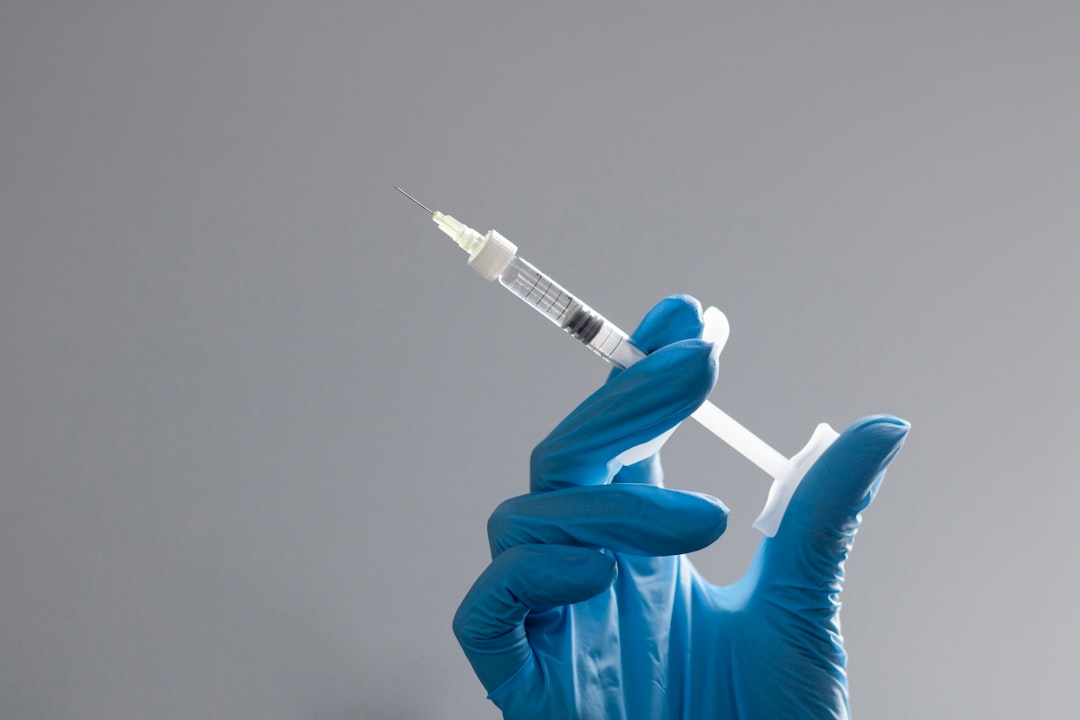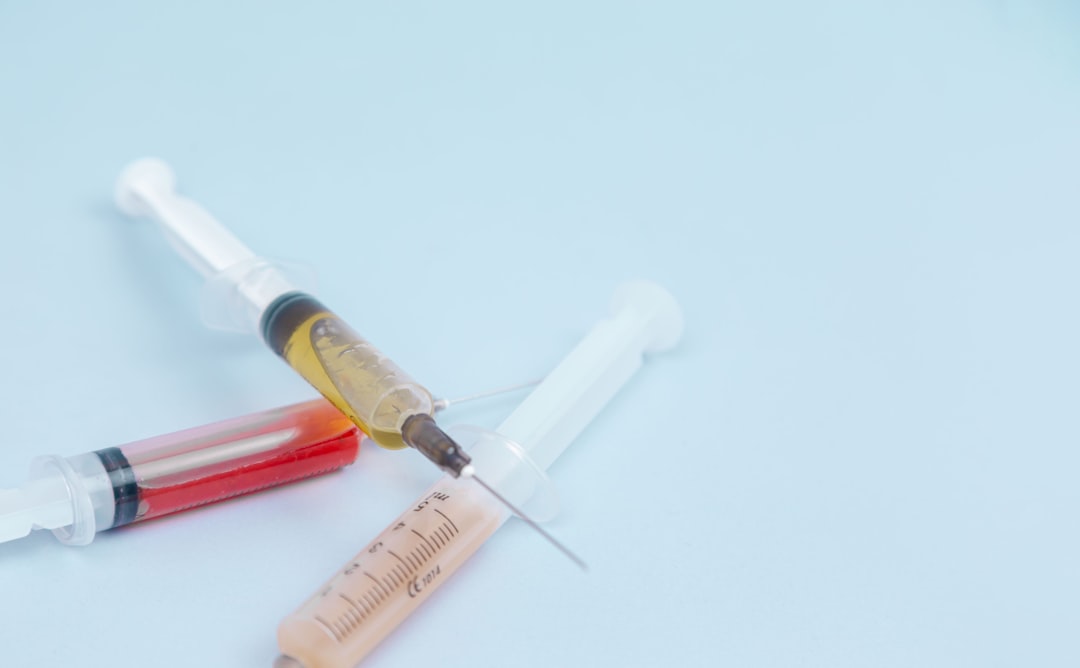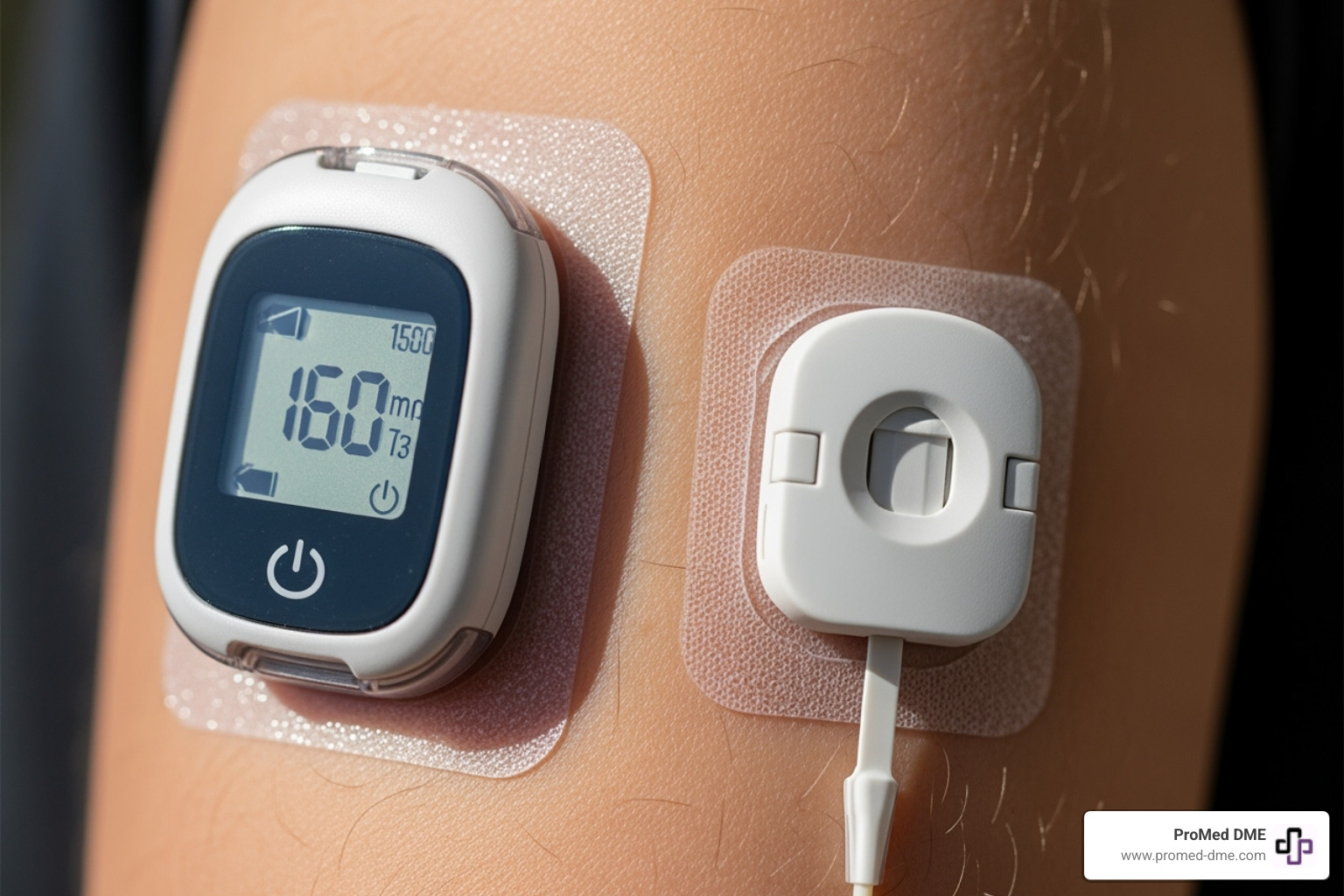The Ultimate Guide to Comparing CGM Devices

Why CGM Devices Matter
CGM devices are game-changers for managing diabetes. They provide real-time updates on blood sugar levels, making life easier and healthier for people with diabetes. Instead of multiple finger pricks a day, CGM devices continuously track glucose levels and send the data to your smartphone or other devices.
CGM devices are crucial for:
- Improving glycemic control
- Reducing the risk of hypo and hyperglycemia
- Offering insights into how diet and activity affect blood sugar
- Providing peace of mind with real-time alerts
Real-time glucose monitoring means timely actions and fewer complications. Let's dive deeper into CGM devices and how they can transform diabetes management.

What is a Continuous Glucose Monitor (CGM)?
A Continuous Glucose Monitor (CGM) is a device that helps people with diabetes track their blood sugar levels around the clock. Instead of pricking your finger multiple times a day, a CGM provides real-time glucose readings, making diabetes management easier and more accurate.
How Does a CGM Work?
A CGM system estimates your glucose level every few minutes and keeps track of it over time. This real-time monitoring allows you to see your glucose levels at any moment and observe how they change throughout the day and night.
Components of a CGM
A CGM system consists of three main parts:
Sensor: This tiny device is inserted under your skin, usually on your belly or the back of your arm. It measures the glucose level in the interstitial fluid between your cells, which is very similar to your blood sugar level. Sensors can be disposable or implantable, and need to be replaced periodically, depending on the type.
Transmitter: This part sends the glucose data from the sensor to a receiver or a smartphone. It attaches to the sensor and communicates wirelessly, so there are no wires to worry about.
Receiver/Software Program: This can be a separate device, a smartphone app, or an insulin pump. It displays your glucose readings and stores the data, allowing you to track and analyze your glucose levels over time.
Real-Time Monitoring
With real-time monitoring, a CGM provides continuous updates on your glucose levels. This lets you make informed decisions about your food, exercise, and medication. For example, if your glucose levels are dropping, you can take action before they get too low. Conversely, if they're rising, you can adjust your insulin or activity level accordingly.
Benefits of Real-Time Monitoring
- Immediate Alerts: Get notified when your glucose levels are too high or too low.
- Trend Analysis: See how your glucose levels change over hours or days.
- Better Control: Make informed decisions to keep your glucose levels within your target range.
Real-time monitoring can help prevent complications related to diabetes by providing timely data and alerts. This can lead to better overall diabetes management.
Types of CGM Devices
When it comes to choosing a Continuous Glucose Monitor (CGM), there are several types to consider. Each type has unique features and benefits custom to specific needs. Let's break them down:
Real-Time CGMs
Real-Time CGMs provide continuous glucose readings throughout the day. They consist of a sensor, transmitter, and a receiver or smartphone app. These devices send glucose data every few minutes, offering instant alerts for high or low glucose levels.
Benefits:
- Immediate feedback.
- Alerts for glucose level changes.
- Better for managing diabetes in real-time.
Intermittently Scanned CGMs
Intermittently Scanned CGMs require the user to scan the sensor with a reader or smartphone to get the glucose reading. They don't provide continuous data but can be more affordable.
Benefits:
- Cost-effective.
- No need for frequent calibration.
- Simple to use.
Implantable Sensors
Implantable Sensors are placed under the skin and can stay there for several months. These sensors send glucose data to a receiver or smartphone app.
Benefits:
- Long-term use.
- Fewer replacements needed.
- Less hassle with sensor changes.
Disposable Sensors
Disposable Sensors are used for a short period, typically a few days to two weeks. After this period, they need to be replaced.
Benefits:
- Easy to apply and remove.
- No long-term commitment.
- Ideal for short-term monitoring.
Automated Insulin Delivery Systems
Automated Insulin Delivery Systems, also known as artificial pancreas systems, combine a CGM with an insulin pump. They automatically adjust insulin delivery based on glucose readings.
Benefits:
- Automated insulin management.
- Reduces the burden of manual adjustments.
- Better glucose control.
Each type of CGM device has its advantages and is suitable for different needs. Whether you need real-time alerts, prefer scanning your sensor, or want long-term use, there's a CGM device that fits your lifestyle.
Top Features of Leading CGM Devices
Real-Time Monitoring
Continuous glucose tracking is a game-changer for diabetes management. Leading CGM devices provide glucose readings every five minutes, giving you a constant stream of data. This real-time monitoring helps you make better decisions about food, exercise, and medication.
Instant alerts are another crucial feature. If your glucose levels get too high or too low, the device will alert you immediately. This can help prevent emergencies and keep your glucose levels in a healthy range. For example, if a child’s glucose level drops dangerously low overnight, the CGM can wake a parent in the next room.
Smartphone Compatibility
Many CGM devices integrate seamlessly with mobile apps. This makes it easy to track your glucose levels, food intake, physical activity, and medication all in one place. Apps can also provide data sharing capabilities, allowing you to send your glucose data to family members or healthcare providers for better support and monitoring.
Sensor Lifespan
Duration of sensor use varies between CGM devices. Some have a sensor life of 14 to 15 days. Others need replacement every 10 days. Replacement frequency is crucial for planning and cost management.
Ease of Use
User-friendly interfaces and simple application processes make CGM devices accessible to people of all ages. This ease of use ensures that even those with dexterity issues or visual impairments can manage their diabetes effectively.
Cost and Insurance Coverage
Price range for CGM devices can vary. Without insurance, costs can range from $100 to $300 per month. However, many insurance plans, including Medicare, cover CGMs, significantly reducing out-of-pocket expenses.
Insurance options and affordability are essential considerations. Dexcom, for instance, is the most covered CGM brand, with most patients paying $20 or less per month. Always check with your insurance provider to understand your coverage options.
Next, we'll dig into the benefits of using CGM devices, highlighting how they can improve your diabetes management and overall quality of life.
Comparing CGM Devices: Key Features
When it comes to CGM devices, several key features can make a big difference in your experience and diabetes management. Let's break them down:
Accuracy
Accuracy is crucial for CGMs. The Mean Absolute Relative Difference (MARD) score is a common measure. Lower MARD scores mean better accuracy.
Ease of Use
Ease of use can make or break your experience with a CGM.
Sensor Lifespan
The lifespan of the sensor determines how often you need to replace it.
Data Sharing Capabilities
Being able to share your glucose data can be a lifesaver, especially for parents or caregivers.
Smartphone Integration
Smartphone integration improves convenience and real-time monitoring.
Cost
Cost is a significant factor for many users.
By comparing these key features, you can find the CGM device that best fits your lifestyle and needs.
Benefits of Using CGM Devices
Real-Time Glucose Monitoring
Imagine knowing your blood sugar levels every minute of the day. CGM devices provide real-time updates, so you always know if your glucose is rising or falling. This helps you make better decisions about food, exercise, and medication.
"With a CGM, you get real-time updates on your blood glucose levels, allowing you to see if you're trending high or low," says ProMed DME.
Fewer Fingerstick Checks
Tired of pricking your finger multiple times a day? With a CGM device, you can reduce the need for fingerstick checks. Some systems even eliminate them entirely.
Better Diabetes Management
CGM devices help you manage your diabetes more effectively. They show trends and patterns in your glucose levels, helping you understand how different foods, activities, and medications affect you. This can lead to more personalized care and better overall management.
"Studies have shown that CGM users experience fewer episodes of severe hypo and hyperglycemia, leading to fewer hospitalizations and emergency room visits," according to ProMed DME.
Prevention of Hypo and Hyperglycemia
CGM devices can alert you when your blood sugar is too low or too high. These alerts help you take action before things get dangerous. This feature is especially useful for those who have trouble recognizing the symptoms of hypo and hyperglycemia.
Improved A1C Levels
Using a CGM device can help you keep your glucose levels in a healthy range over time. This can lead to lower A1C levels, which means better long-term control of your diabetes.
"People with Type 1 and Type 2 diabetes who use a CGM have fewer episodes of low blood sugar and a lower A1C," reports Cleveland Clinic.
Next, let's look at the potential issues you might encounter while using CGM devices, so you can be prepared and make the most of this technology.
Potential Issues with CGM Devices
While Continuous Glucose Monitors (CGMs) are incredibly helpful, they do come with some potential issues. Understanding these can help you make an informed decision.
Accuracy Concerns
CGMs measure glucose levels in the interstitial fluid, not directly in the blood. This can sometimes lead to a lag in readings, especially during rapid changes in blood glucose levels. For example, after eating or exercising, the readings might not be as accurate.
"Certain medications and supplements can also affect the accuracy of certain CGM sensors," says Cleveland Clinic.
Skin Irritation
Some users experience allergic reactions to the adhesives used to attach the sensor to the skin. This can cause discomfort and might require switching to a different type of adhesive or sensor placement.
Cost
Without insurance, maintaining a CGM can be expensive, costing $400 to $500 a month. Even with insurance, co-pays and deductibles can add up, making it a significant investment.
Insurance Coverage
While CGMs are covered by most private insurance and under Part B of Medicare, not all insurance plans cover them. It's essential to check with your insurer to understand your coverage options.
Need for Calibration
Some CGMs require periodic calibration with traditional blood glucose measurements. This means you may still need to do fingerstick tests, although not as frequently.
Medication Interference
Certain medications and supplements can interfere with CGM readings. For instance, high doses of acetaminophen can affect the accuracy of some CGM sensors.
"These medications and supplements may make your CGM read your glucose level as higher or lower than it actually is," notes Cleveland Clinic.
Understanding these potential issues can help you better manage your use of a CGM device. Up next, we'll address some frequently asked questions to further clarify how these devices can fit into your diabetes management plan.
Frequently Asked Questions about CGM Devices
What CGM devices are available?
There are several CGM devices on the market, each with unique features and benefits. Here are some popular options:
Each of these devices offers real-time monitoring, which is crucial for effective diabetes management. They also come with smartphone compatibility, allowing you to track your glucose levels conveniently.
How much does a CGM cost?
The cost of CGM devices can vary widely. On average, you can expect to pay between $100 to $300 per month. This cost typically covers the sensors and transmitters.
Insurance coverage can significantly reduce these costs. Medicare and many private insurance plans cover CGM devices, especially for individuals with type 1 diabetes. It's essential to check with your insurance provider to understand your specific coverage.
Do I need a prescription for a CGM?
Yes, you generally need a prescription to get a CGM device. This requirement applies to both private insurance and Medicare coverage.
Understanding these requirements can help you steer the process of obtaining a CGM device. Always consult with your healthcare provider to get the necessary prescriptions and paperwork.
Conclusion
In summary, continuous glucose monitors (CGM devices) are invaluable tools for managing diabetes. They offer real-time monitoring, fewer fingerstick checks, and better overall diabetes management. By continuously tracking glucose levels, CGMs help prevent hypo and hyperglycemia, leading to improved A1C levels and better health outcomes.
Choosing the right CGM device is crucial. Factors like accuracy, ease of use, sensor lifespan, and smartphone integration play a significant role in making the best choice. Each device has its strengths, so it's important to consider your specific needs and preferences.
At ProMed DME, we are committed to providing top-quality CGM devices to help you manage your diabetes effectively. Our extensive range of products ensures that you can find the perfect device to suit your needs. We also offer exceptional customer service to support you throughout your journey.
For more information and personalized advice on choosing the right CGM device, visit our Continuous Glucose Monitoring page. Together, we can make diabetes management easier and more efficient.
By understanding the key features and benefits of CGM devices, you can make informed decisions to improve your diabetes management. Whether you're new to CGMs or looking to upgrade, ProMed DME is here to help every step of the way.
Related Resources & Articles
Stay informed with our informative blog posts.
Discover the ProMed Advantage
& Try Our Products
We offer free shipping and legendary customer service to ensure you receive the
best DME products for your needs.



